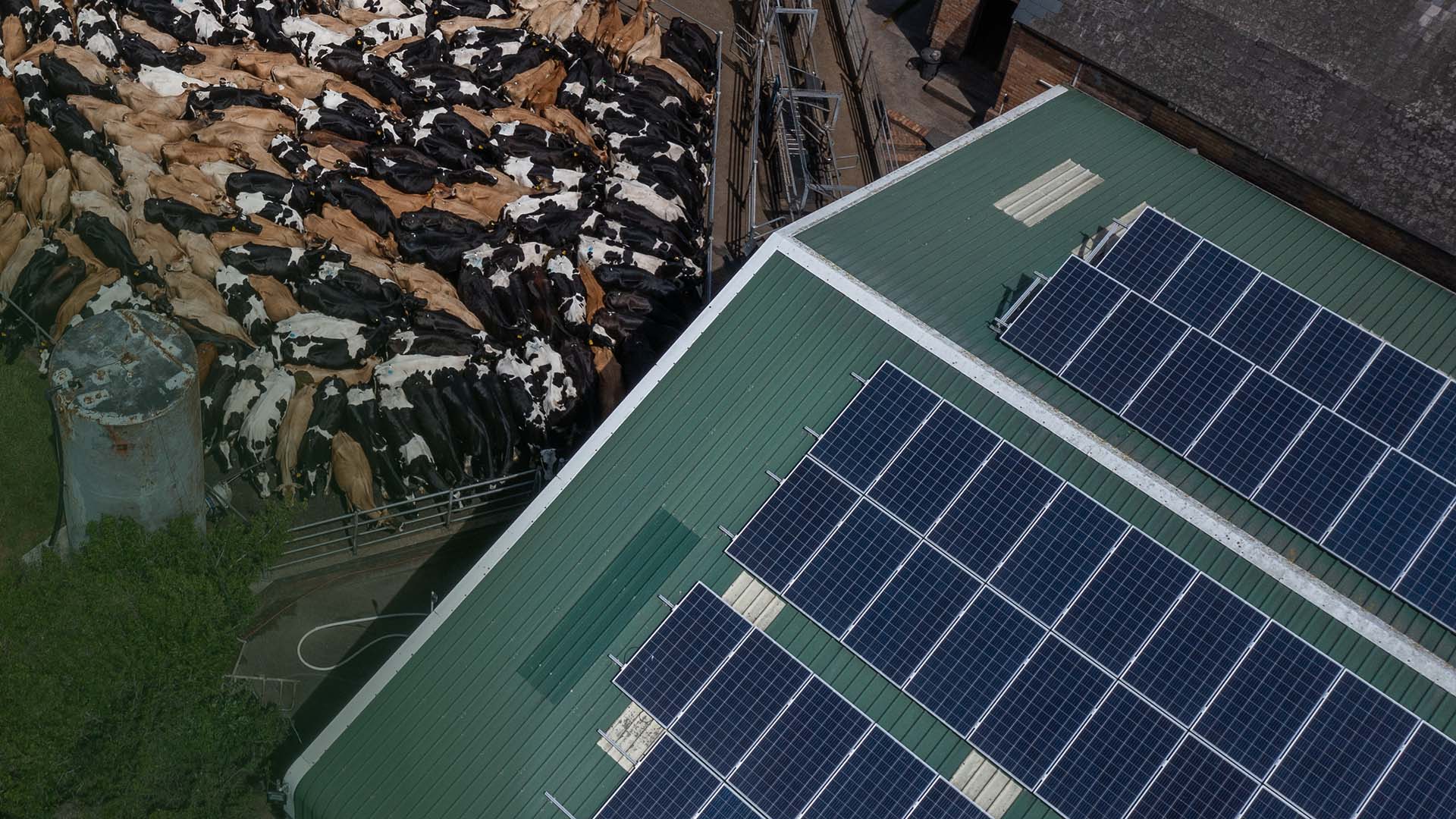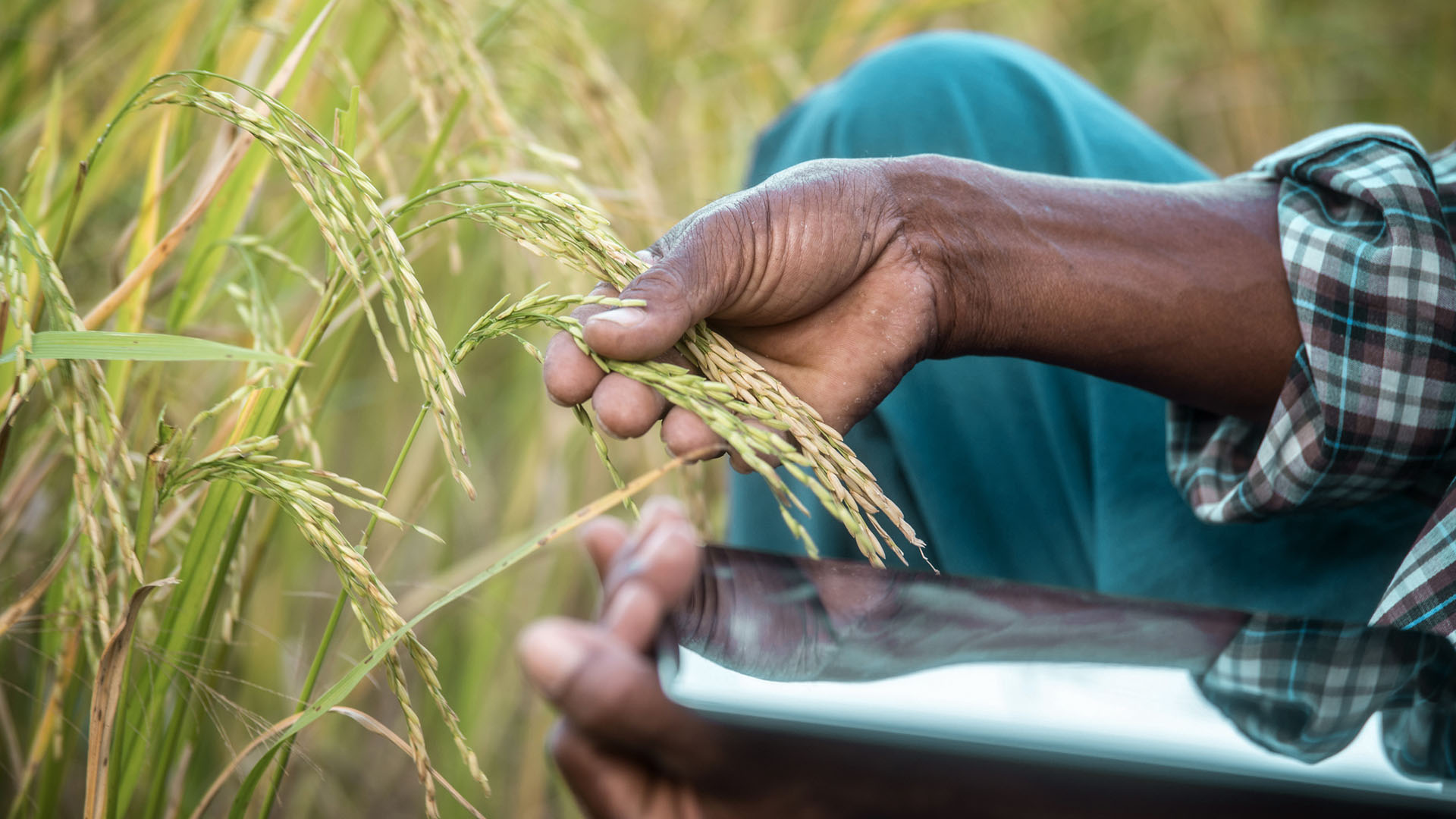The agriculture sector is one of South Africa’s most important, consistent performers over several years, as both a domestic provider and a successful export sector. It makes a major contribution to SA’s economy as measured in gross domestic product (GDP).
Currently, the whole agriculture value chain, incorporating all the activities related to agriculture and beneficiated agroprocessing, makes up more than 14% of our GDP, of which primary agriculture contributes 3% on its own. The sector is also a major source of employment.
Let’s break down the picture for the agricultural sector over the past year.
Agricultural business indicators in 2024
- International trade
The sector is one of our most important international competitors, with a US$ 5.1 billion trade surplus over a 5-year average. This breaks down into US$ 12.5 billion in exports, and US$ 7.4 billion in imports, which represents a year-to-date picture better than 2023.
- Employment
Primary and secondary agricultural activity is an important source of formal and informal employment. In 2024, farming jobs made up 5% of the national total, a 1.3% increase from 2023, while agroprocessing jobs accounted for another 3%.
- Food security
Agriculture naturally makes a vital contribution to the affordability and availability of our essential foods.
- Informal sector
The informal sector is notoriously difficult to account for, but most estimates put domestic South African households producing for market at double the number of VAT-registered farming businesses.
- Sustainability
Agriculture makes a significant investment in sustainable farming practices to ensure minimum impact on climate and nature while increasing the profitability of the sector despite all the external impacts.
While agriculture is more volatile because it is susceptible to various external factors, and although there was an agricultural GDP contraction in 2024, the sector has on average outperformed total GDP growth over the past 20 years.
We saw a general improvement in our ability to manage disease outbreaks in 2024
Agricultural business drivers
Numerous factors influence the performance of the entire sector in a particular year. These include:
- Global market dynamics
Commodity price cycles turned upwards in 2020–2022 (as they did in 2007–2008), affecting local operations and export markets.
- Macroeconomic factors
Among the most important of these are the global financial cost of living crises, poor economic performance, and South Africans’ spending power constraints.
- Domestic production conditions
These tend to be volatile – for example, in 2024 SA experienced both drought conditions and bumper harvests in the same year. The threat of animal diseases increases this volatility.
- Support services
These are crucial drivers of performance – especially export market performance, although they also affect domestic production. Port performance, the electricity supply, and water infrastructure are all support services that can make or break agricultural performance.
- Weather and climate conditions
Weather phenomena like El Niño and La Niña have a significant effect on the overall performance of agriculture. The impact of an El Niño was very evident in the January–March 2024 drought. The current La Niña is bringing above-average rainfall which should result in above-average grain yields from the 2024/2025 summer season.
What affected sector growth in 2024?
- Global market dynamics
These included lower global prices for grains and oilseeds, modest improvements in meat prices, and favourable market conditions for fruit.
- Relevant support services
Load-shedding was suspended for most of the year, although we still have challenges in port efficiency for exports, and infrastructure in general.
- Input cost factors
Fertiliser and chemical prices were reduced, partly driven by risk from the wars in Ukraine and Gaza. Electricity and labour costs again increased more than inflation, and feed costs were persistently high because of drought in parts of the country.
- South African weather
We had a drought-affected summer crop, with frost damage in some areas and extreme heat in others.
- Livestock disease management
We saw a general improvement in our ability to manage disease outbreaks in 2024, but the impact of the 2023 HPAI outbreak continued to hamper production.
- Consumer spending
Consumer spending was constrained for most of the year, but interest rate cuts and improved political and economic outlooks at the end of the year produced some better sentiment.
Food inflation continues to be moderate and is not trending upwards, but there are still some risks for 2025
Export markets and trade surplus
Our export markets were led by the horticultural sector in 2024, with citrus fruits and other fruit and nut crops among the most prominent exports. Reduced volumes from other major exporters – particularly Peru – and lower stock volumes in Europe, coupled with some trade route disruption due to the conflicts in Asia, saw demand improve for our exports. However, this meant added pressure on SA’s already constrained port infrastructure. The amount of cargo shipped in containers is measured in twenty-foot equivalent units (TEUs). In total, 4,303,758 TEUs passed through our ports in 2024, a 5% increase year-on-year.
Port inefficiencies were particularly damaging for the pome fruit sector (mostly consisting of apples and pears), which lost R1bn through additional costs in the value chain and quality claims, which equates to R26,000 per hectare farmed.
Products with the biggest improvement in trade surplus in 2024 were grapes – one of our biggest single agricultural export crops – followed by pome fruits. Nuts, subtropical fruit and wheat all performed well too.
Secondary agriculture improving
Secondary agricultural operations – which process primary products – are an essential part of the agricultural value chain, because they buy raw materials from primary producers, and often function as input suppliers to agriculture as well.
In 2024, a combination of interest rate cuts, an improving macroeconomy, declining primary commodity prices and lower value-chain costs were all supportive of growth in the processing sector, which saw a 7% increase in real sales and a 6.7% increase in physical production volumes.
Risk outlook for 2025
Food inflation continues to be moderate and is not trending upwards, but there are still some risks for 2025. They include:
- Extreme weather.
- Animal diseases and lack of biosecurity.
- Failures in critical infrastructure and services, including ports.
- Barriers to international trade.
- Exchange-rate volatility.
Nedbank's agribusiness services offer a wide range of advisory and investment services for commercial farmers. Our blogs include tips about more sustainable agribusiness and finance and investment assistance. For more information, email us at agriculture@nedbank.co.za or download our brochure.








